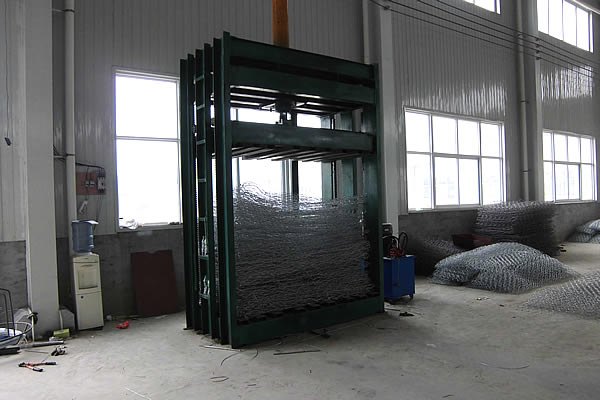 TEL:
+86-13102802206
TEL:
+86-13102802206
 Email:
fencenetting@china.com
Email:
fencenetting@china.com
 Language
Language
 TEL:
+86-13102802206
TEL:
+86-13102802206
 Email:
fencenetting@china.com
Email:
fencenetting@china.com
 Language
Language


The Beauty and Functionality of Sandstone Gabion Walls
In contemporary landscaping and civil engineering, the use of natural materials has gained significant traction, particularly because of their aesthetic appeal and environmental advantages. Among these materials, sandstone gabion walls stand out for their blend of functionality and beauty. This article explores the characteristics, benefits, construction methods, and applications of sandstone gabion walls.
What are Gabion Walls?
Gabion walls consist of cages or baskets made from steel wire filled with rocks, stones, or other materials. Originally used for hydraulic engineering and erosion control, gabions have evolved into stylish landscaping solutions. When filled with sandstone, these walls not only serve structural purposes but also enhance the visual appeal of outdoor spaces.
The Aesthetic Appeal of Sandstone
Sandstone is a sedimentary rock known for its beautiful textures and varying hues. Ranging from golden yellows to deep reds, sandstone offers a natural color palette that can complement lush green landscapes. When used in gabion walls, sandstone provides an organic look that resonates with nature, making it a popular choice for gardeners and landscape architects alike. The natural irregularity of the stones adds a rustic charm that can be difficult to replicate with artificial materials.
Structural Benefits
While aesthetic qualities are essential, the structural benefits of sandstone gabion walls cannot be overlooked. They are incredibly sturdy and can withstand substantial pressure, making them ideal for retaining walls, slopes, and creek bank stabilization. The interlocking nature of gabions allows for drainage, which minimizes hydrostatic pressure behind the wall. This characteristic is vital in areas susceptible to erosion or heavy rainfall, as it helps prevent water buildup that could destabilize the structure.
Gabion walls are also flexible. They can be constructed to varying heights and widths according to specific needs and site conditions. This adaptability makes them suitable for various applications, from residential gardens to commercial properties and public infrastructure projects.
Sustainability Aspects
Sandstone gabion walls also align with sustainable building practices. Using natural materials reduces the carbon footprint associated with manufacturing and transporting synthetic alternatives. Moreover, gabions made from recycled materials can further enhance sustainability. The gaps between stones in the baskets allow for natural vegetation growth, contributing to biodiversity and additional erosion control.

The durability of gabion walls ensures they require minimal maintenance over time. Unlike traditional retaining walls that may need repairs or treatments, sandstone gabions can last for decades with little attention, making them both a cost-effective and eco-friendly choice.
Construction Methodology
Building a sandstone gabion wall involves several steps. The first is planning and designing the wall according to the landscape's contours and intended function. The foundation is crucial; it must be level and stable to support the weight of the stones and resist shifting.
Once the foundation is prepared, the gabion baskets are assembled. They are typically constructed from galvanized steel wire to prevent rust and corrosion. After the baskets are in place, they are filled with sandstone rocks. This process can be labor-intensive and may require the assistance of heavy machinery for larger projects.
The stones should be arranged to ensure stability and aesthetic appeal, leaving no large gaps between them. Once filled, the baskets are securely closed. The final touch can include planting around the wall to enhance its appearance and promote environmental benefits.
Applications
The versatility of sandstone gabion walls opens them up to a wide range of applications. In residential settings, they are often used for garden borders, retaining walls, or decorative features. In commercial landscaping, gabions can define spaces, offer sound insulation, or serve as privacy barriers while merging functionality and beauty.
Public infrastructure also benefits from sandstone gabion walls, as they can control erosion along waterways, stabilize slopes, and enhance the landscape around parks and public gardens.
Conclusion
Sandstone gabion walls encapsulate harmony between nature and engineering. They are a stunning choice for those looking to enhance their outdoor spaces while benefiting from the strength and sustainability of natural materials. By integrating these structures into various projects, we not only respect the environment but also celebrate the timeless beauty of sandstone. Whether in a home garden or a large-scale public installation, sandstone gabion walls offer endless possibilities for creativity and functionality.